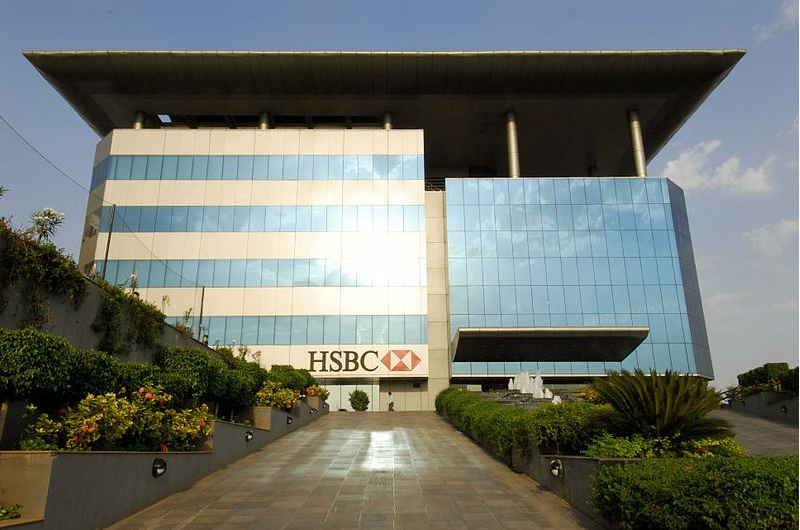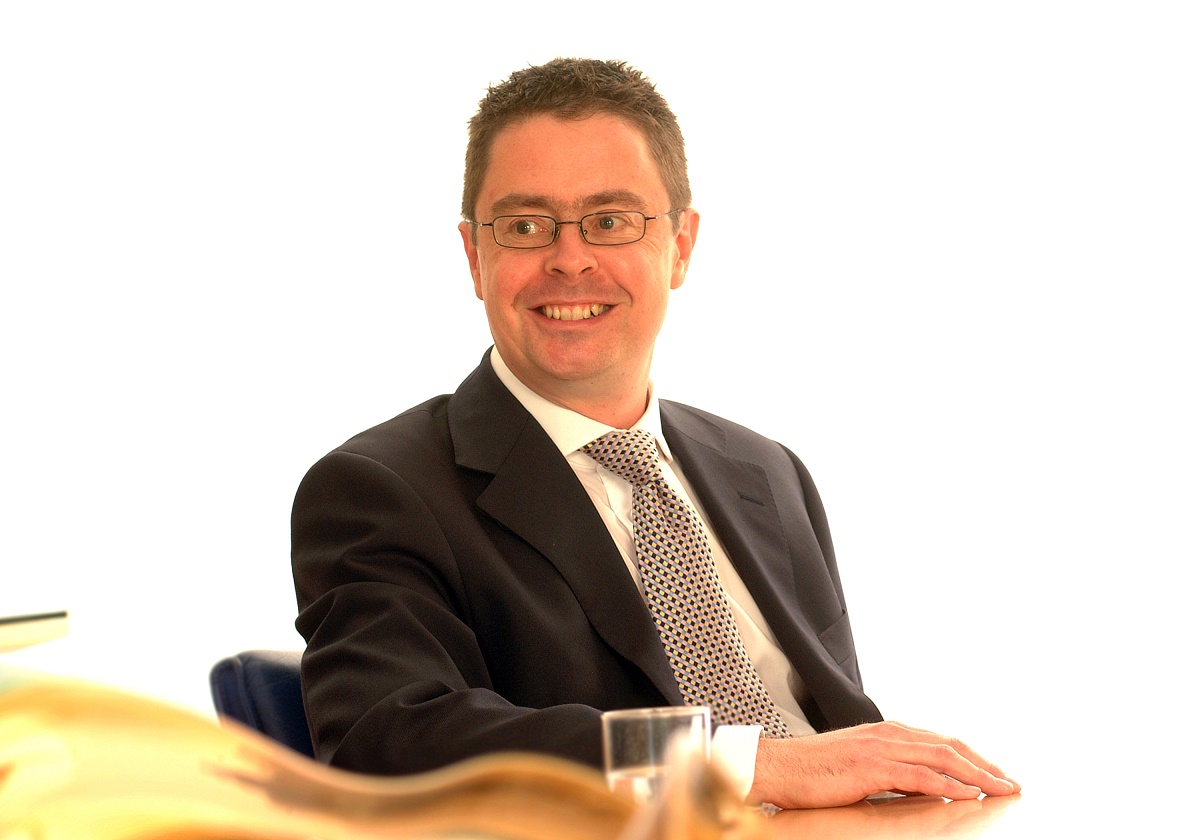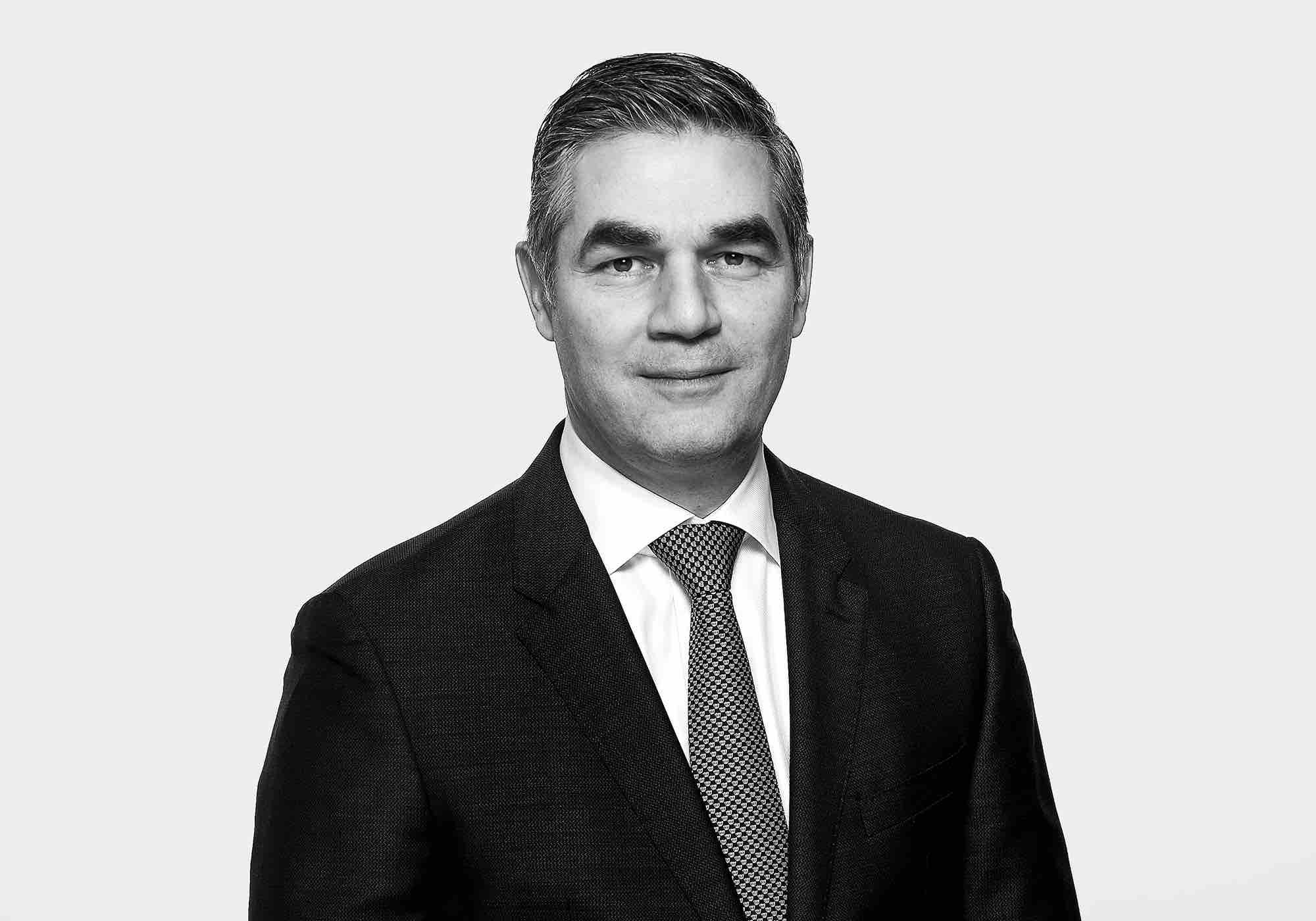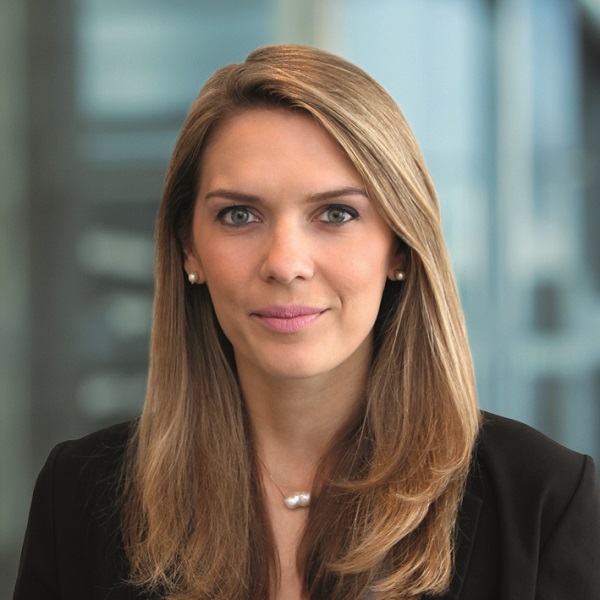WE Family Offices: How To Manage HNW In An Increasingly Globalized Environment
| For Alicia Miguel | 0 Comentarios
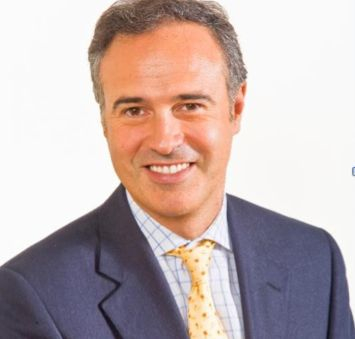
There is no doubt that globalization has changed the world stage at all levels, and the wealth management sector has not been able to escape the effects of this economic, global, and cultural process. That is why, as announced last September, the US company, WE Family Offices, decided to sign an alliance with MdF Family Partners – with whom they already had a collaboration agreement which had been in place for over a year and a half – and with Wren Investment Office, a company with London Headquarters which advises UHNW families in the UK and Europe. Thanks to this strategic alliance, WE Family Offices can respond to the needs of its increasingly global clients.
Presence outside the United States
Santiago Ulloa, a founding partner of the American firm, which already has 50 employees, provides advisory services for assets worth over 6.8 billion dollars as of September 30th, 2016, and offers service to 70 families, says that “the reason for which we saw a need to have a presence outside the United States was because we observed that many of the families are already global, are in several jurisdictions, and have children spread across different continents. For one reason or another they want access to advisory services also from Europe, since in some cases they have more presence there. We have also been fortunate to find a team that has the same mentality and vision as us.”
The three firms share the same view on how to manage high-level family wealth in the long run. Qualities such as transparency, objectivity, or not having their own product, are all part of the philosophy with which they serve clients. Ulloa says that in this alliance, the firms involved will “function as independent companies, each with their own relevant licenses in their respective countries, but we will share investment opportunities search teams and asset advisory teams for issues at fiscal and succession planning level, or of global planning”.
In this regard, the common investment committee will be one of the most interesting contributions of this alliance. The main idea is to share the investment strategy, “for example, if we think that we have to reduce the risk of the portfolios in the stock market, we want it to be a strategy developed and agreed on by the investment committee. However, the implementation will be local, through the local investment vehicles that have the appropriate taxation for each client. We will also try to look for investment managers that will serve all firms,” adds Santiago.
Search for joint opportunities
There are many competitive advantages that come from having a global presence, among them “the possibility of finding investment opportunities together, which we can all share and thus obtain a greater critical mass that allows us to invest for our clients under the best possible economic conditions”.
These synergies are especially important at a time when WE Family Offices believes that “the most interesting investment opportunities are currently found in private markets.”
Santiago Ulloa points out that “we currently have a total of more than 800 million dollars committed in illiquid operations, and disbursed more than 600 million dollars.” However, the company considers that such investments are not suitable for all families “we have to carry out strategic planning in advance to fully understand the family’s entire wealth, their liquidity needs, cash flows, etc.,” says Ulloa.
Illiquid investments
Illiquid investment opportunities are sought in different sectors around the world; real estate, energy, and technology are the company’s big commitments.
In real estate they are investing in the United Kingdom, Germany, Switzerland, and the United States. Two of the most important recent operations were “the one in which we participated together with the Collier family’s family office, and another in which we co-invested with Starwood Capital in a project of more than 20,000 rental homes in the United States,” says Santiago. In the energy sector they invested in a company specialized in solar power which was later bought by a JP Morgan fund, and the one in which they have many hopes for investment and for the future is the technology sector, especially in the field of artificial intelligence in which they are working together with a specialist based in Silicon Valley, to where they plan to organize a trip with some of their clients, offering them the opportunity to get to know this sector first hand.
The average worth of the families that decide to commit to the firm is increasingly higher, reaching an average of 100 million dollars. In some cases they are single family offices that “entrust the general management of their global wealth to a company that has its own resources and outsources part of its operations, as well as the reporting and consolidation of all its assets, and with the capacity to access good investment opportunities globally.” This, says Ulloa, together with its global presence, means that WE Family Offices have a unique UHNW heritage management model.

